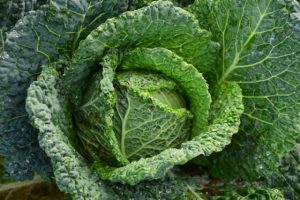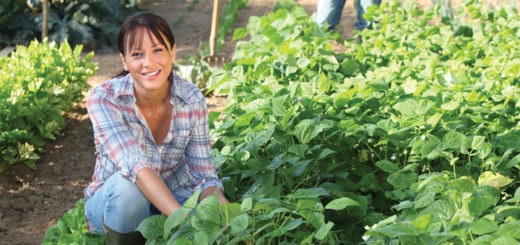Companion Gardening
Companion planting has gained great momentum amongst novice and experienced gardeners alike; especially with those who aim to grow maximum food in minimum space. Some plants like marigolds and a few other aromatic herbs are grown exclusively for the protective effect they seem to have against many garden pests, but not all vegetables appreciate their presence.
A good example is tomatoes. They benefit from having marigold, garlic, chives, and basil planted in the same bed. These companions protect them from parasitic nematodes and hornworms. At the same time though, tomatoes do not like having cabbage and cauliflower nearby.
 Corn, beans, and squash have a special relationship called the Three Sisters. This type of garden is the most popular example of companion planting, and has been employed by Native Americans since before Europeans arrived on this continent. This method of companion planting works because all three plants grow and support each other in some way. Corn, the oldest sister, provides support. Beans are the nurturing sister. Beans take nitrogen from the air and hold it in the soil in which the plants are growing. Squash provides protection. It mulches and cools the soil mound they grow in by acting as a living mulch, and the prickly vines and leaves keep pests away from the tender bean sprouts and corn. As these three sisters grow and intertwine together they create a strong barrier that is hard for the elements and pests to bring down, just like a supportive family structure. Melons are great companions to corn just as squash is.
Corn, beans, and squash have a special relationship called the Three Sisters. This type of garden is the most popular example of companion planting, and has been employed by Native Americans since before Europeans arrived on this continent. This method of companion planting works because all three plants grow and support each other in some way. Corn, the oldest sister, provides support. Beans are the nurturing sister. Beans take nitrogen from the air and hold it in the soil in which the plants are growing. Squash provides protection. It mulches and cools the soil mound they grow in by acting as a living mulch, and the prickly vines and leaves keep pests away from the tender bean sprouts and corn. As these three sisters grow and intertwine together they create a strong barrier that is hard for the elements and pests to bring down, just like a supportive family structure. Melons are great companions to corn just as squash is.
Carrots thrive beside legumes like beans and peas and nightshade family vegetables. They have no problem sharing the space with root vegetables like radish, onion, and leeks, or with low growing plants like lettuce and parsley.
Cabbage is prone to a large number of pests, so it enjoys the companionship of many herbs like dill, celery, garlic, onions, mints, thyme, and rosemary that will help keep these critters at bay. But basil is an exception, so avoid planting this herb near cabbage.
 Kale is successful in most gardens although it belongs to the pest-prone cabbage family. It enjoys the protection offered by garlic, onions, dill, nasturtium, and mint family herbs like thyme, sage, and rosemary. However, for some reason, kale hates the company of basil and strawberry. The feeling is mutual, so keep them far apart.
Kale is successful in most gardens although it belongs to the pest-prone cabbage family. It enjoys the protection offered by garlic, onions, dill, nasturtium, and mint family herbs like thyme, sage, and rosemary. However, for some reason, kale hates the company of basil and strawberry. The feeling is mutual, so keep them far apart.
Lettuce may seem like a cabbage relative, especially the head-forming types, but they actually belong to the daisy family. They do make good companions for kale and cauliflower, but not for most other members from the same cruciferous family. Lettuces are known for being intolerant of onions and garlic.
Peppers belong to the nightshade family, but are generally unaffected by the pest and disease problems encountered by other members of the family like tomatoes, potatoes, and eggplant. Peppers have no issues growing beside them, but they cannot stand kohlrabi and fennel for some reason.
Spinach – Spinach is a good companion to legumes like beans and peas. Spinach gets along well with strawberries and most cabbage family veggies as well. However, it doesn’t seem to like potatoes growing close by. One reason could be spinach’s shallow roots.
 Garlic is viewed by most gardeners as a garden savior and they will grow it all over the place to keep the bugs away with its pungent smell. It is a great addition to any vegetable garden, especially when planted near tomatoes, radishes, roses, and cabbage family vegetables.
Garlic is viewed by most gardeners as a garden savior and they will grow it all over the place to keep the bugs away with its pungent smell. It is a great addition to any vegetable garden, especially when planted near tomatoes, radishes, roses, and cabbage family vegetables.
Growing a companion garden can be useful for keeping your plants healthy and planting in small spaces. Decide what you are going to grow, add some friendly plants to the bed, and you will have a plethora of healthy veggies to enjoy.







